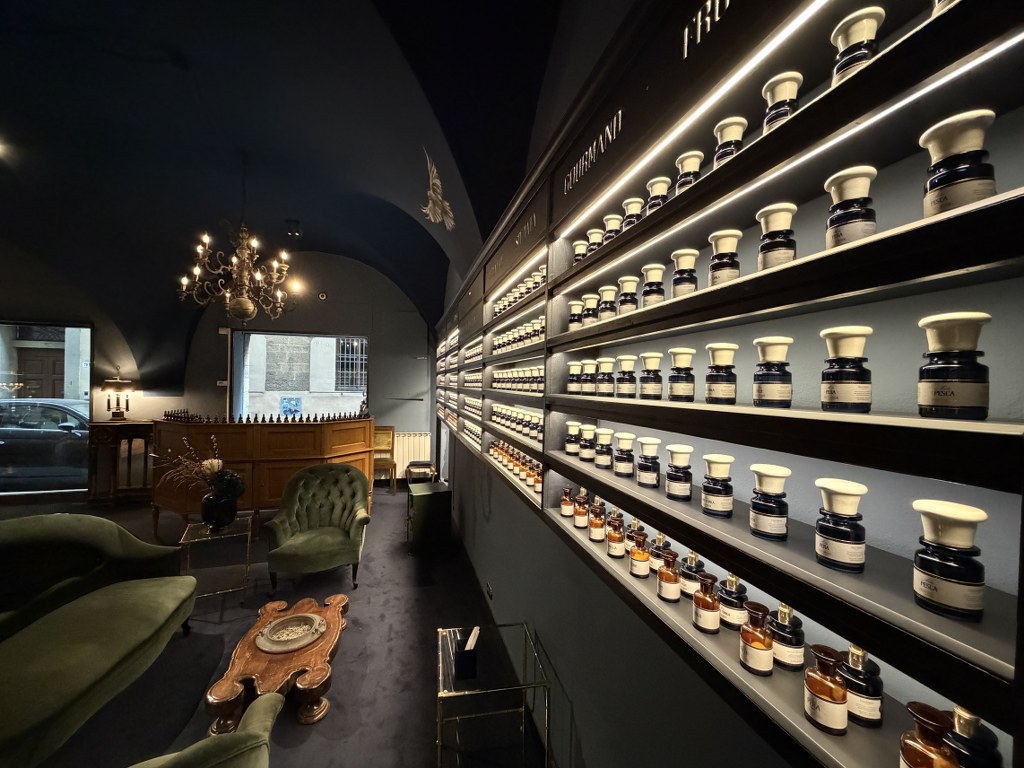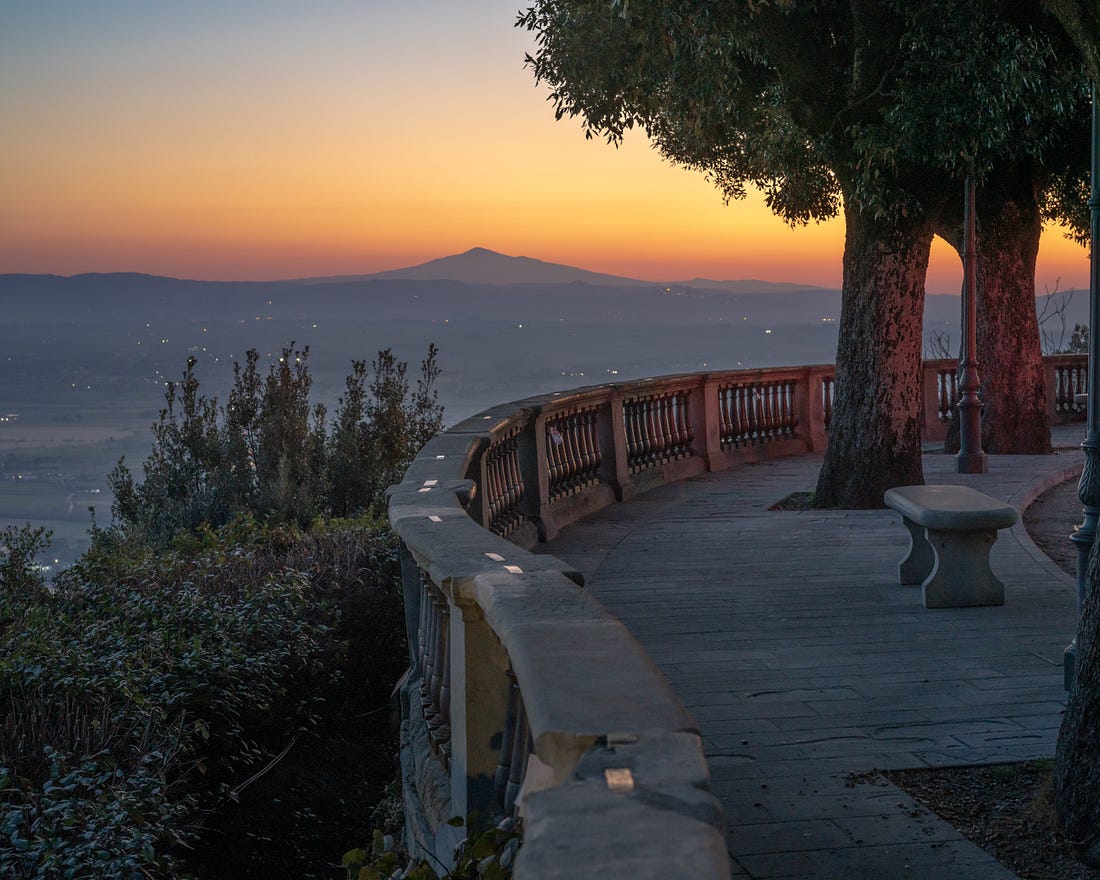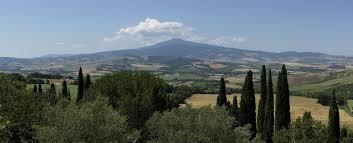The Carnival of Viareggio (Carnevale di Viareggio) is one of Italy's most famous and long-standing Carnival celebrations. Held in the coastal town of Viareggio, located in the Tuscany region, it stands out not only for its size and grandeur but also for its unique combination of artistic expression, political satire, and community spirit. It is considered one of the most important Carnival festivals in Italy and attracts thousands of visitors each year, both from Italy and around the world.
The Carnival of Viareggio was first held in 1873, making it one of the oldest Carnival celebrations in Italy. The event began as a form of social protest against local taxes. The town's wealthy citizens organized the first parade of floats as a way to mock the elite and protest the financial burden placed on the town's working class. Over time, however, the Carnival evolved from a political protest to a full-fledged, joyful celebration of local culture and creativity.
In the early years, the Carnival floats were much simpler and were built by local residents using basic materials like papier-mâché and wood. As the celebration grew, the floats became more elaborate and artistic, and the event gained international recognition. Today, the Carnival of Viareggio is famous for its monumental floats, grand parades, and artistic workshops, which have become key features of the festival.
At the heart of the Viareggio Carnival are the satirical floats. These floats are massive, often towering as high as several stories, and they are crafted with incredible skill and attention to detail. The floats are made primarily from papier-mâché, a medium that allows for flexibility and creativity, and they are often designed to be larger-than-life caricaturesof political leaders, celebrities, social issues, or popular culture. The satirical nature of the floats remains a key characteristic of the Carnival, continuing the tradition of social commentary that began with the first parade.
Some of the most iconic floats from Viareggio's Carnival depict exaggerated portraits of political figures and global leaders. The Carnival serves as a kind of artistic protest, allowing the people of Viareggio to express their opinions about world events, national politics, and societal issues. These floats are often humorous, ironic, and sometimes controversial, making the event not just a visual spectacle but also a form of political discourse.
The floats are created by "carri allegorici" (allegorical carts), each representing a theme—political, cultural, or social. They are often accompanied by lively parades of dancers, performers, and musicians. The floats and costumes are also designed to reflect the town’s artistic heritage. Local artists and craftsmen dedicate months of work to creating these masterpieces, and many of them are passed down from generation to generation.
The Carnival of Viareggio lasts for several weeks leading up to Lent, and it is filled with a variety of events and activities:
Parades: The main event of the Carnival is the parade of floats that takes place along the Lungomare (the seafront promenade) in Viareggio. These parades are held on Sundays during the Carnival period, with each one featuring new floats, performances, and street entertainment. The parades are theatrical and interactive, often involving music, dancing, and elaborate costumes.
Masked Balls and Parties: The Carnival includes numerous masked balls, parties, and festivals that take place in the town's venues, from luxurious palaces to outdoor spaces. People often wear elaborate costumes, masks, and traditional Carnival attire. These celebrations continue through the night and contribute to the festive, carefree atmosphere of the event.
Children's Carnival: There is a special part of the celebration dedicated to children, with parades and activitiesthat involve the younger generation in the fun. The “Carnevale dei Bambini” includes smaller, kid-friendly floats and performances, ensuring that the entire community can participate in the celebration.
The Burning of the "Burlamacco": The Burlamacco, a clown figure, is the official symbol of the Viareggio Carnival. At the end of the festivities, there is a traditional event known as the "Festa della Burlamacco", where a large effigy of Burlamacco is set alight as a symbolic farewell to the Carnival season. This marks the end of the revelry and the start of Lent.
One of the most distinctive aspects of the Carnival of Viareggio is its political satire. The floats often feature caricatures of prominent politicians, celebrities, and public figures from Italy and abroad. This tradition of political commentary has been a hallmark of the Carnival since its inception and reflects the Italian spirit of free expression and humor.
The satirical floats often tackle controversial topics like national elections, global politics, environmental issues, and even pop culture. Figures such as Donald Trump, Vladimir Putin, and Pope Francis have all been featured on the floats in recent years, often portrayed in exaggerated, humorous, and sometimes critical ways. This allows the people of Viareggio to engage in a cathartic release of their views, using humor and art to challenge the status quo and make statements about the world.
The floats have become a form of social discourse, allowing residents to voice their opinions and critique the powers that be in a non-confrontational, yet powerful, manner. The use of satire in Viareggio's Carnival can be likened to the ancient tradition of comedy in Italian theater, where humor is used to reflect on society’s flaws.
The Carnival of Viareggio is also a testament to the town's deep artisanal traditions. Local artists, craftsmen, and float builders dedicate months of hard work to creating the floats, costumes, and other decorations that fill the streets during the Carnival. The town’s workshops, known as “officine”, are spaces where these artisans design and build the enormous floats.
These workshops are often family-run, and many of the float-building techniques have been passed down through generations. The town of Viareggio is therefore not only celebrating Carnival as a grand event but also preserving local craftsmanship and the art of float-making, which has become an integral part of the festival's identity.
The Carnival of Viareggio is a major tourist attraction, drawing thousands of visitors each year from both Italy and abroad. The event has a significant economic impact on the town, as tourists flock to see the parades, participate in the festivities, and enjoy the local food and hospitality. During Carnival season, Viareggio's hotels, restaurants, and shops experience a significant increase in business, making it a key time for the local economy.
The Carnival of Viareggio is not just about entertainment; it’s an expression of art, culture, and history. The floats themselves are often compared to art installations, with themes ranging from historical events to contemporary issues, crafted with stunning attention to detail and innovative design. The entire Carnival is a form of artistic performance, blending visual creativity, music, and theatre into a spectacular display of Tuscan culture.
The Carnival of Viareggio is much more than just a celebration—it's an artistic, cultural, and political expression of the town’s identity. It’s a time to celebrate creativity, community, and the joy of life while also engaging in satire and social commentary. Viareggio’s Carnival brings together art, tradition, and contemporary issues in a way that is both fun and thought-provoking, making it one of Italy’s most significant and beloved cultural events.








